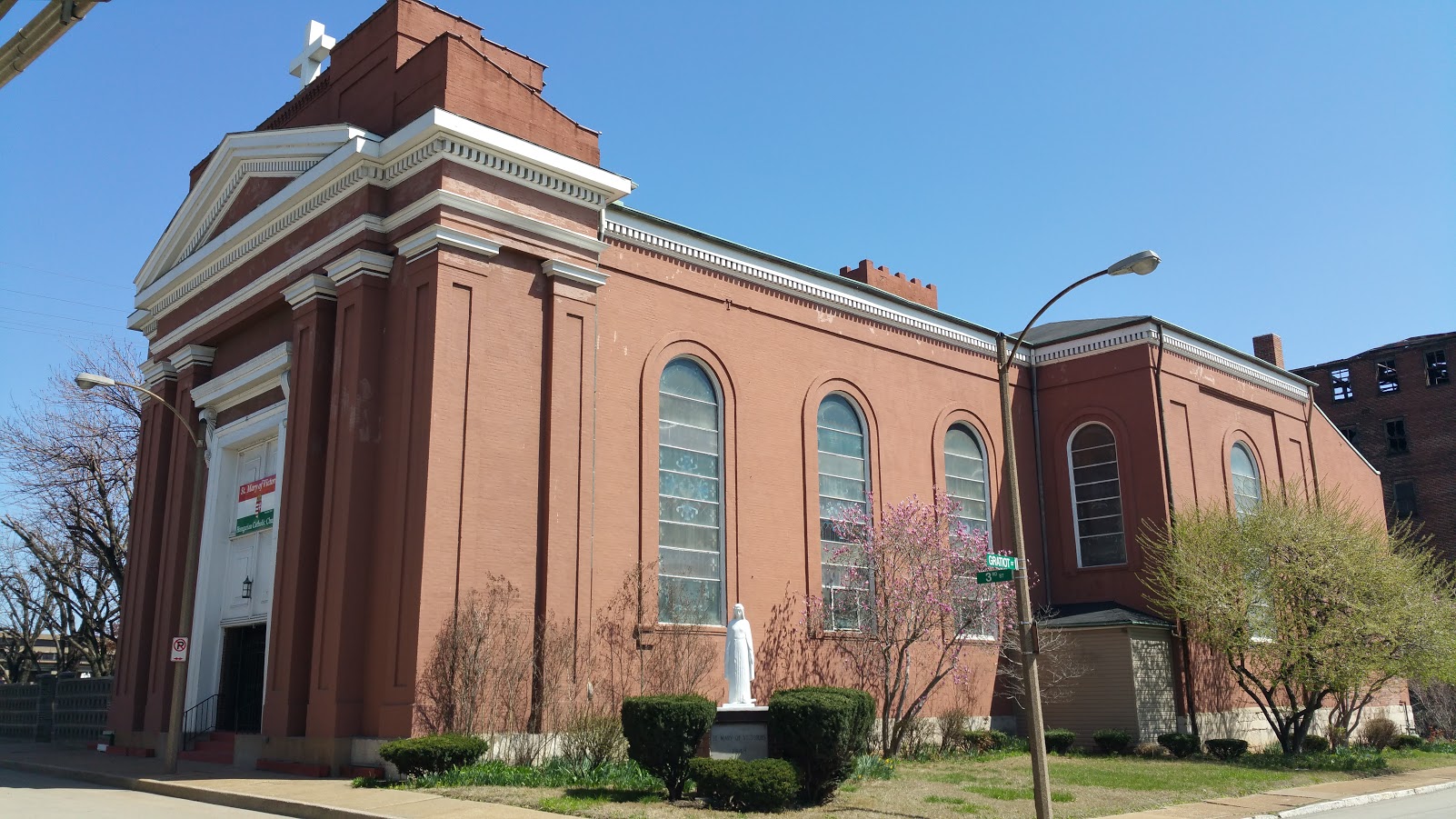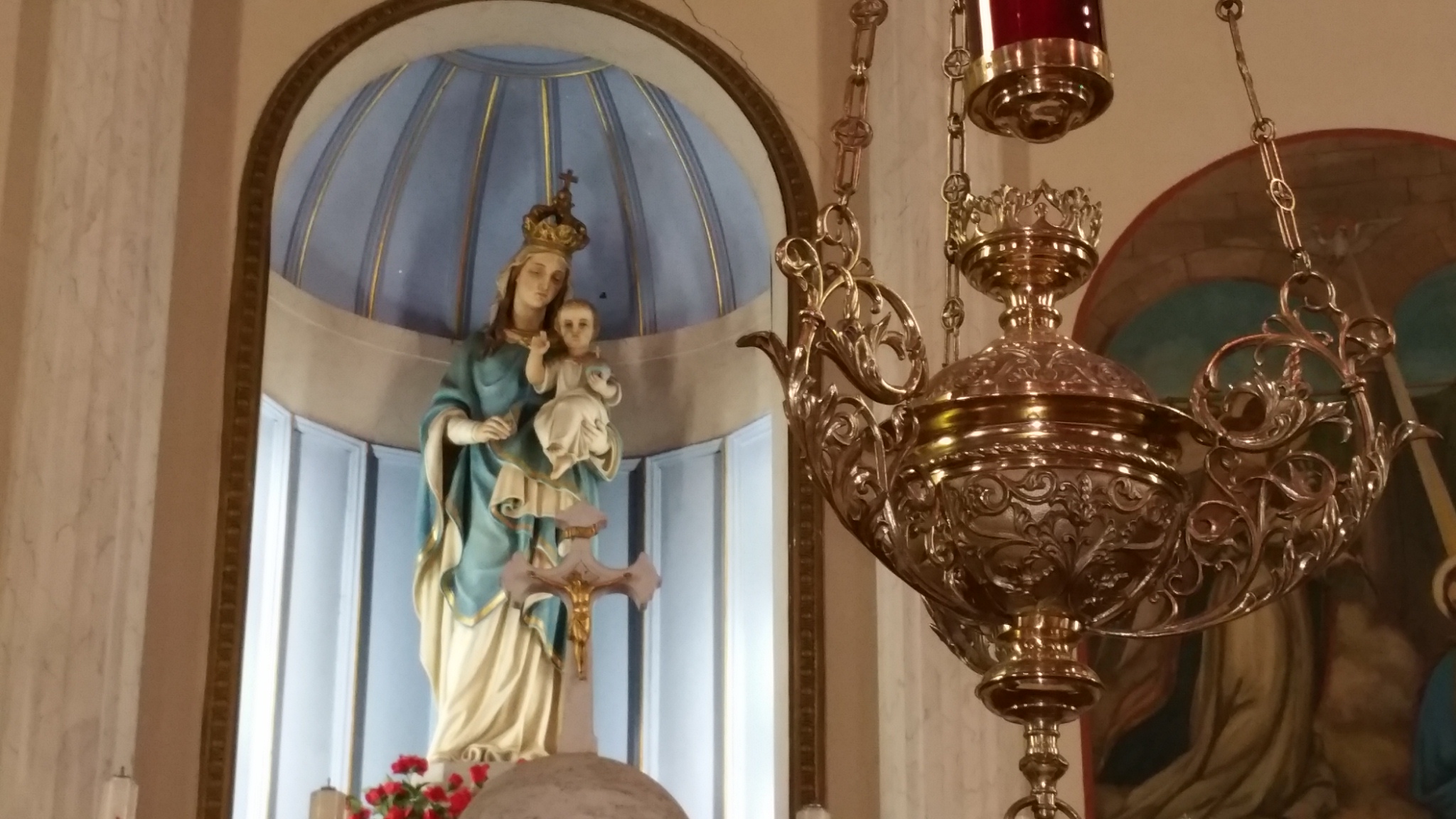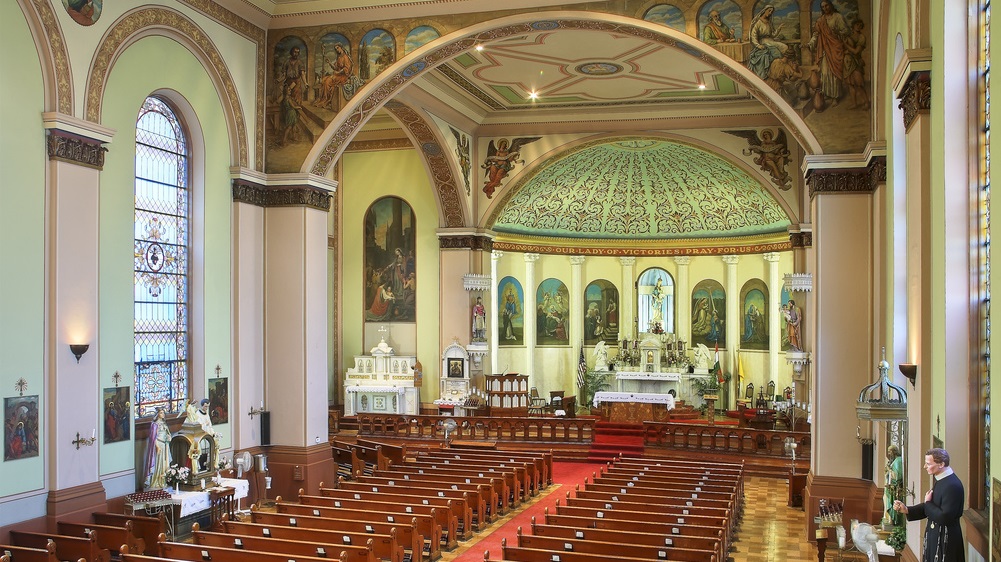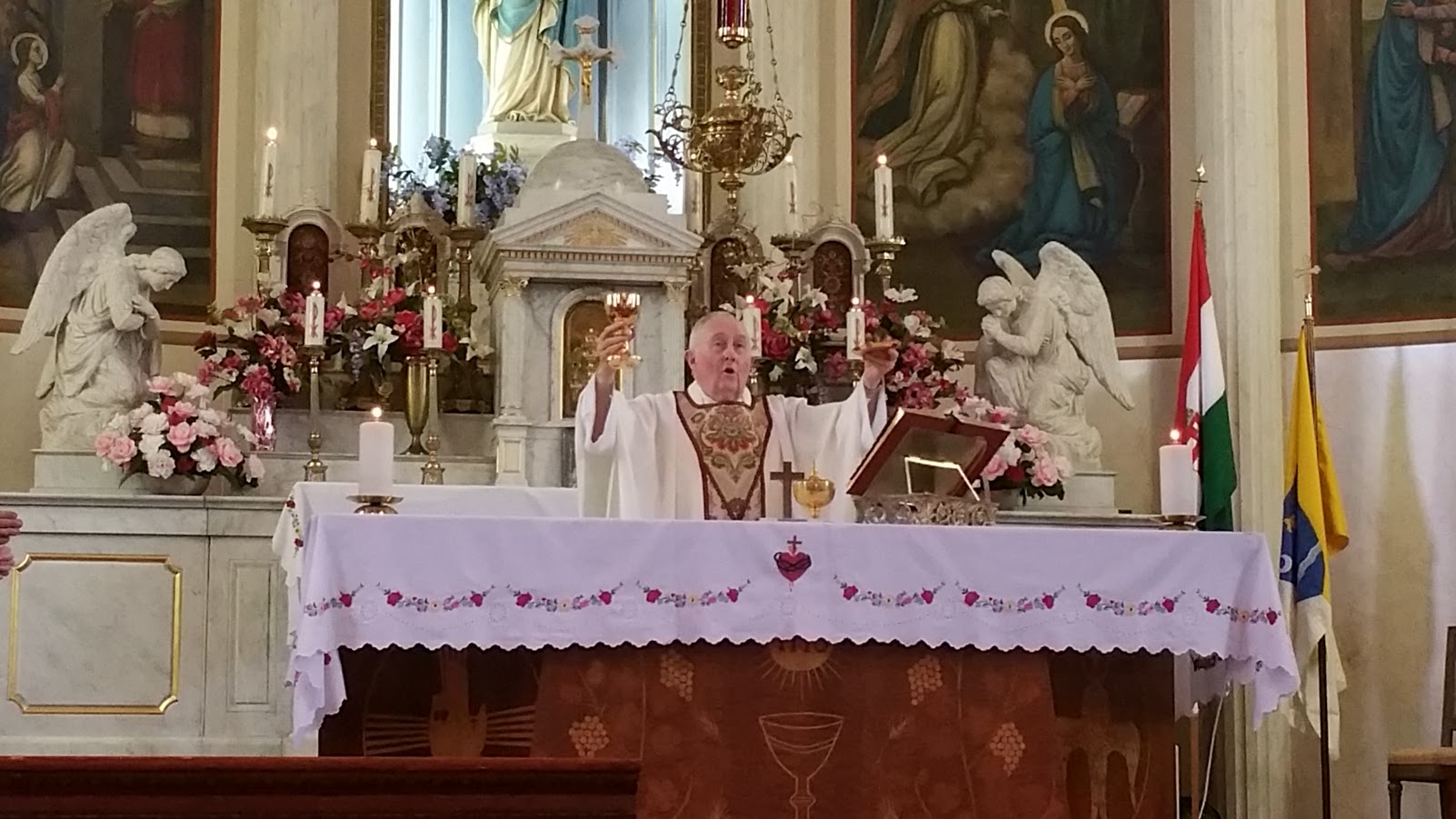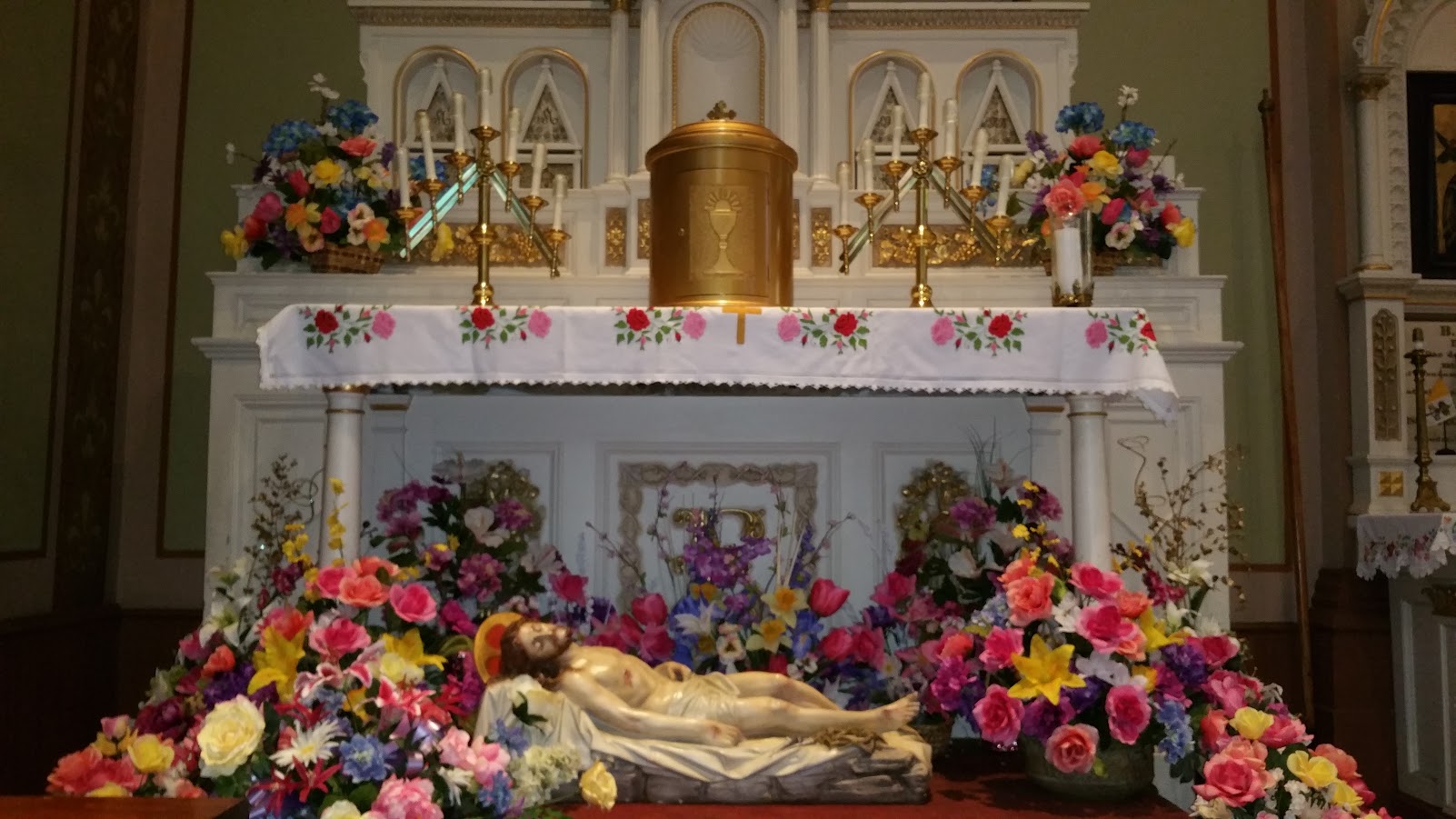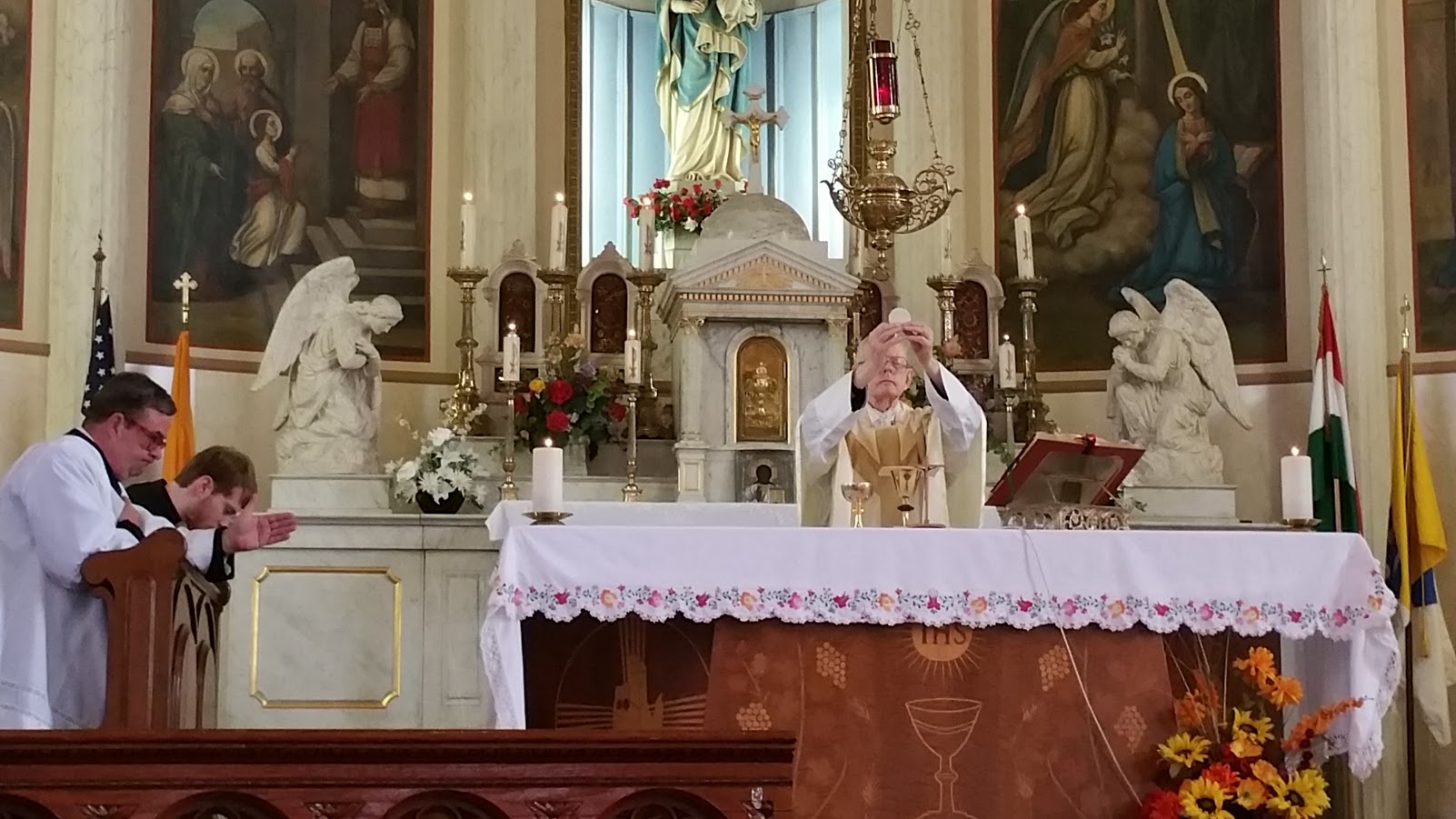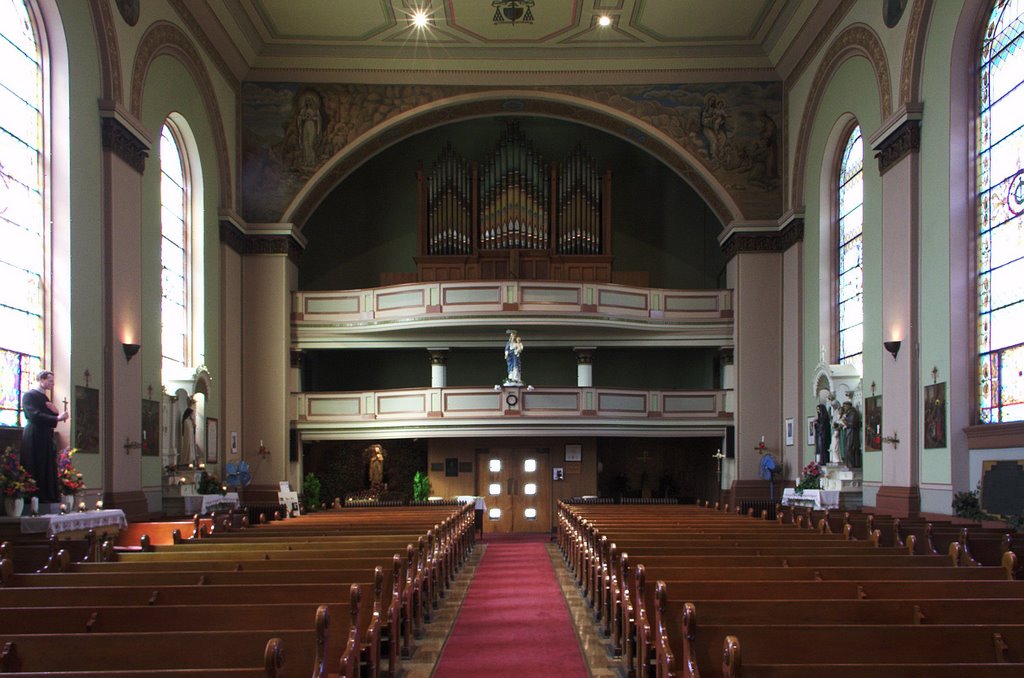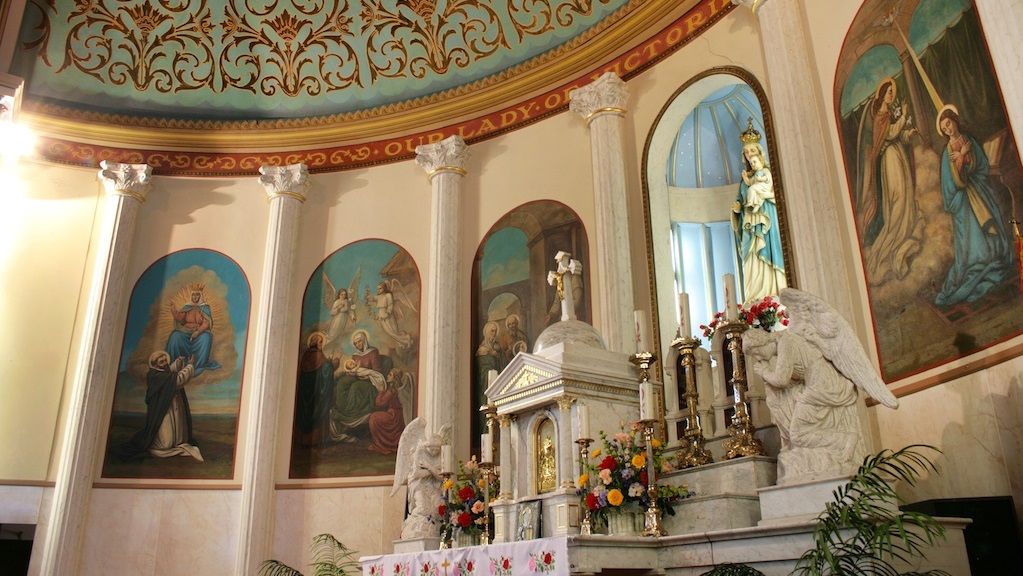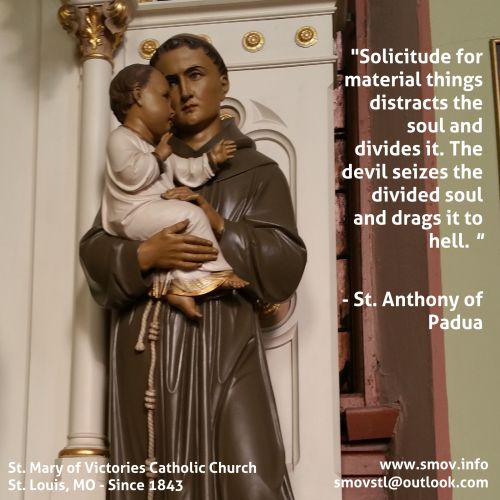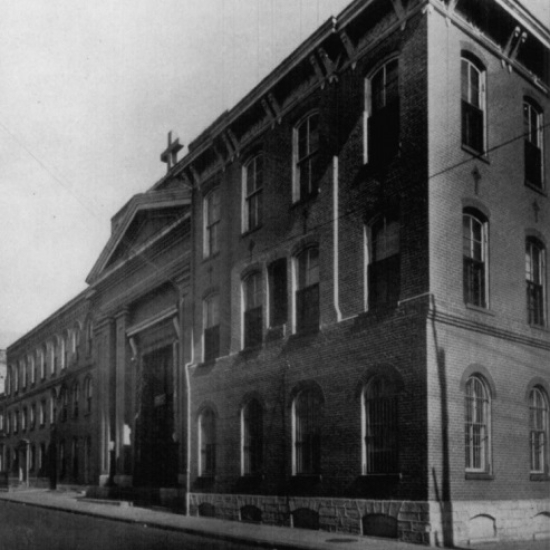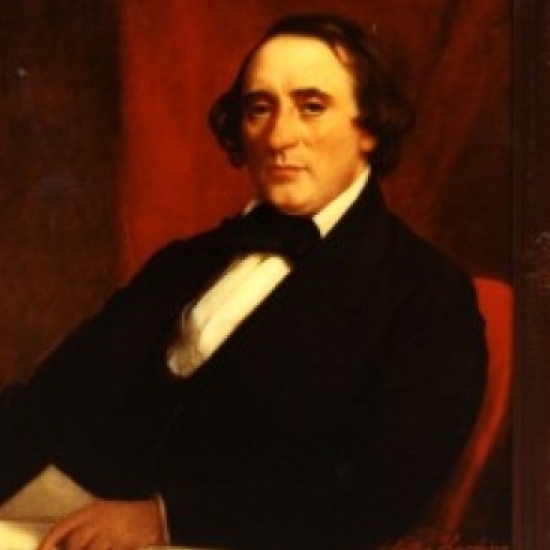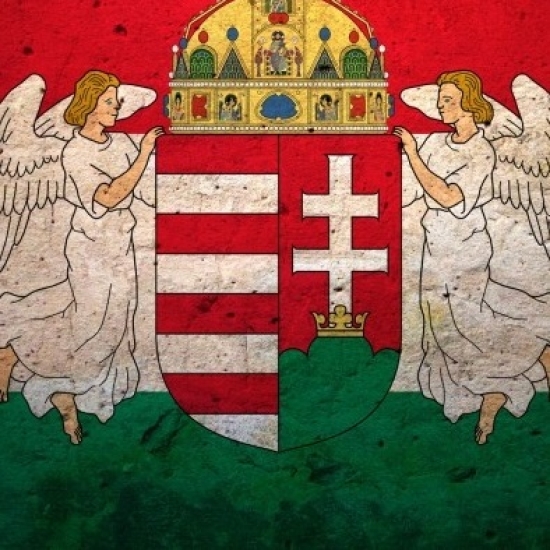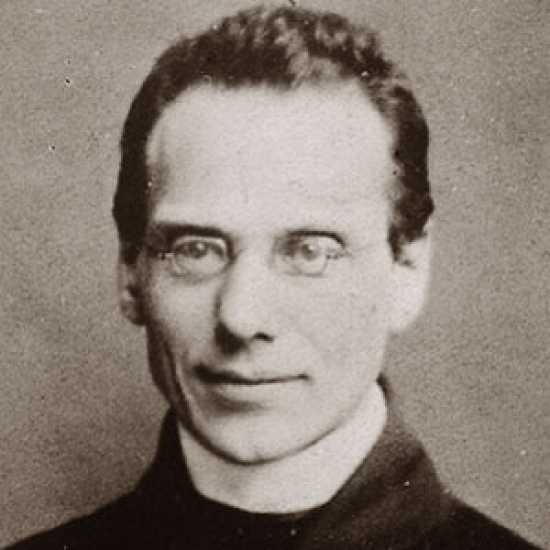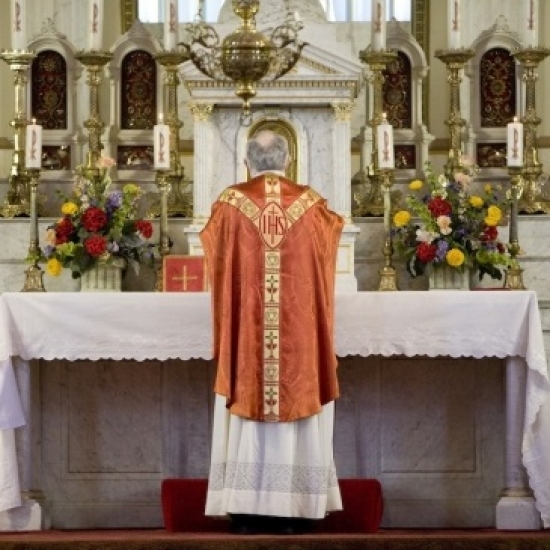14 September 2014, Exaltation of the Holy Cross
Introit: Nos autem, begin on E♭ (as re)
Gospel Acclamation: Mandatum novum do vobis, (GM, p. 292) begin on G (as sol)
Offertory: When I survey the wondrous cross, p. 341,begin on D
Communion: Per signum crucis, begin on C (as sol)
Recessional: Lift high the cross, p. 244, begin on A
Mass VIII, PBC p. 52. Credo III, PBC p. 77
The Introit antiphon, so beloved for so many generations, is actually a (somewhat) later addition to the Mass formulary. It has three phrases:
- 1.Nos autem gloriari oportet in cruce Domini nostri Jesu Christi
- 2.in quo est salus, vita, et resurrectio nostra
- 3.per quem salvati, et liberati sumus.
My first direct contact with the monastery of Solesmes was in 1969, to obtain from them a large reproduction of the formulary of the Mass of Holy Thursday. It sat under the glass of my desk throughout my university and graduate school years, as a daily reminder of the centrality of the cross in human life. And that is precisely what this Introit challenges us to consider: is the cross the central reality of my life?
The composer certainly has a Johannine presentation of the cross here, as it rises before us in glory and splendour, reflected by the major third over oportet and the ascent at nostri. The melody calls for a crescendo over in cruce Domini nostri, so that the high c is a natural culmination of the action of raising the cross in our lives. The melody of the second phrase repeats that of the second half of the first phrase, demonstrating the link between the cross and our genuine life. Then the text of the closing phrase parallels that of the second. Here, as above over autem and often in chant, the tristropha serves to set the following word in greater relief: salvati—"we are saved." Liberati repeats the motif of resurrectio, to which (glo)-riari and autem are also related.
The Communion antiphon has two phrases:
- 1.Per signum Crucis de inimicis nostris
- 2.libera nos, Deus noster.
This prayer was very likely composed at time when the fear of the Lombard invasions into Roman territory was very strong, the content of which was already expressed in the Secreta for this formulary. In the Old Testament the destroying angel passed the houses of those whose doorposts were sprinkled with the blood of the sacrificial lamb. The cross of Christ, crimson with the blood of the true Paschal Lamb, is a source of terror to all the enemies of Christ and of our soul. We will be safe against all attacks of the enemy if we place ourselves under its protecting arms, if we look confidently to the Crucified and model our life on His life of obedience unto death.
In Holy Communion our souls are sprinkled with the blood of the same Christ, thus protecting us from all spiritual harm. On the Monday after the fourth Sunday in Lent this melody is sung to the text: ‘From my secret sins cleanse me, O Lord: and from those of others spare Your servant.’ Today's petition for deliverance, libera nos—‘deliver us’—is made particularly impressive by its interval of a fifth, and by emphasizing and accentuating high e with a double pressus. The beginning of this second phrase, then, implies a lively gradation of melody in comparison with that over de inimicis nostris, where c predominates. The word noster also receives special prominence, and, like the three preceding parts, has the same florid melody with a double pressus. The a gagf over Crucis seems to recur as e decb over -ra nos.
This melody is also used for the Communion Sub umbra illius, once sung the former feast of the Most Pure Heart of Mary. Its origin is most likely to be found in the Communion Dilexisti, which is in the Common of Holy Women; in some manuscripts it is found on the feast of the Assumption. Per signum Crucis is identical with Dilexisti, and -cis nostris with -titiam; -ra nos resembles -disti nos, while Deus no- resembles iniquita-(tem).
